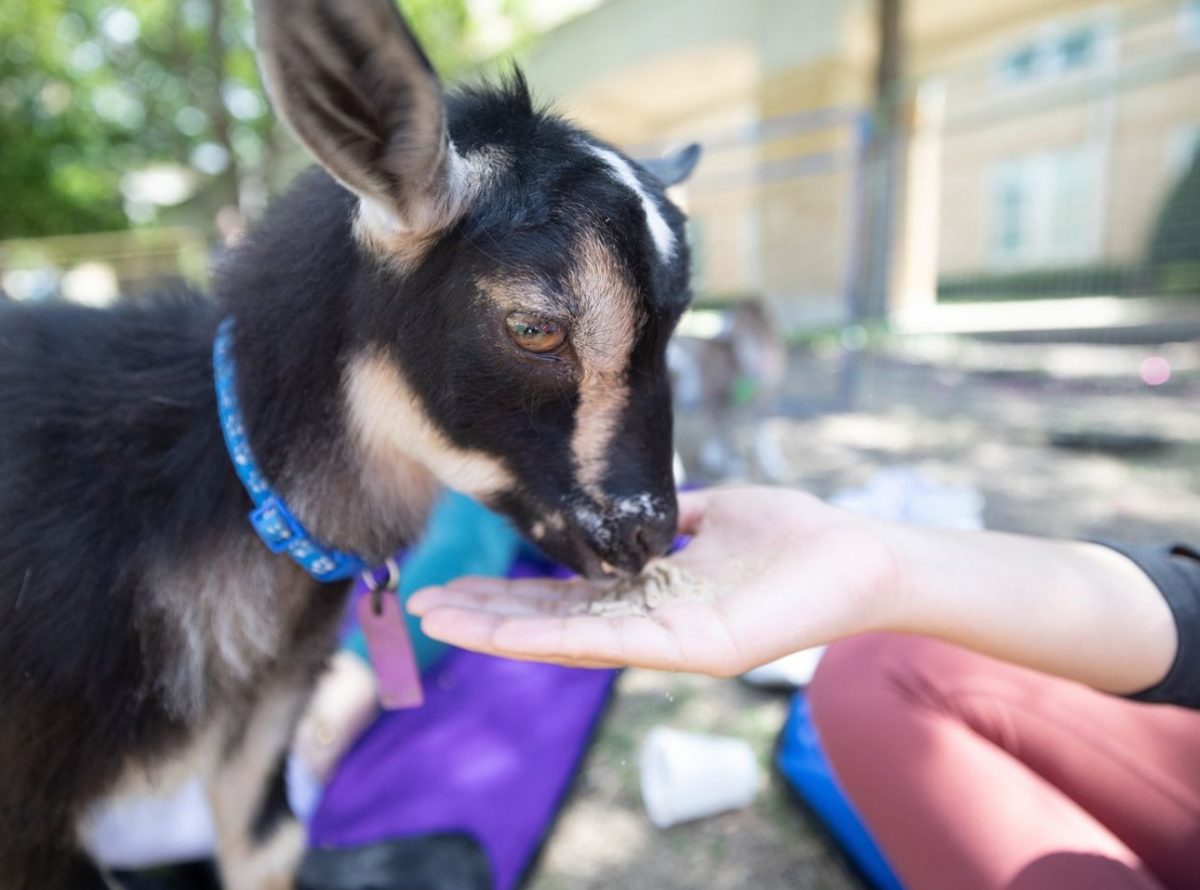A recent effort by Dining Services to go green could help plants grow even greener by providing gardens with used coffee grounds as a fertilizer.
Dining Services plans to start offering free used coffee grounds to students, faculty and staff Monday, said Kelly Raw, marketing manager for Dining Services. The program would reduce waste by recycling the grounds, which had been thrown away in the past.
Starbucks has participated in a similar used coffee grounds program since 1995.
The grounds contain nutrients that stimulate plant growth, such as nitrogen, phosphorus and potassium, according to the Starbucks Web site. Used grounds can be added to the top of soil around acid-loving plants, such as blueberries, hydrangeas and azaleas, or they can be added to compost piles to speed up the compost process.
Bags of the grounds will be available at Union Grounds in the Brown-Lupton University Union and Bistro Burnett in the Mary Couts Burnett Library, Raw said.
The program is a sustainability initiative that Dining Services felt would benefit the campus by reducing the amount of waste Dining Services creates, Raw said.
“Any time we can reuse something or compost it … any time we can do something like that with our waste instead of throwing it away, we’re going to take advantage of the opportunity,” Raw said.
Sodexo, the food service provider for the university, has implemented used grounds programs at other colleges, Raw said.
Sophomore Abbey Brokos, SGA Dining Services Committee chairwoman, said she thought the initiative would be well received by students who are concerned with going green.
“It’s just one more step that (Dining Services) is taking to be more sustainable in every aspect,” Brokos said.
Bob Goode, supervisor of Frog Prints, said he has seen improvements in his garden since he started fertilizing it with used coffee grounds about 20 years ago. He uses the grounds about once a month on his tomatoes, bell peppers and rose bushes.
The most noticeable change since Goode began using the grounds was in his rose bushes, he said. He said the bushes seemed to have more blooms and appear greener.
“If they’re not looking good and I throw coffee grounds on the roses, (in a) couple (of) days, they’re looking great.”





